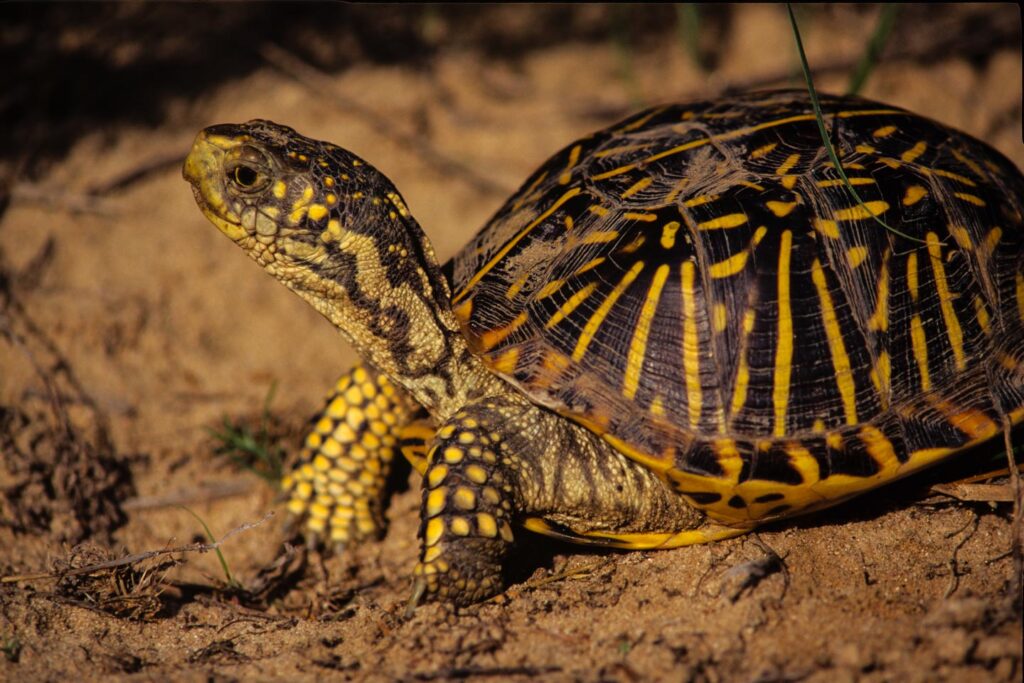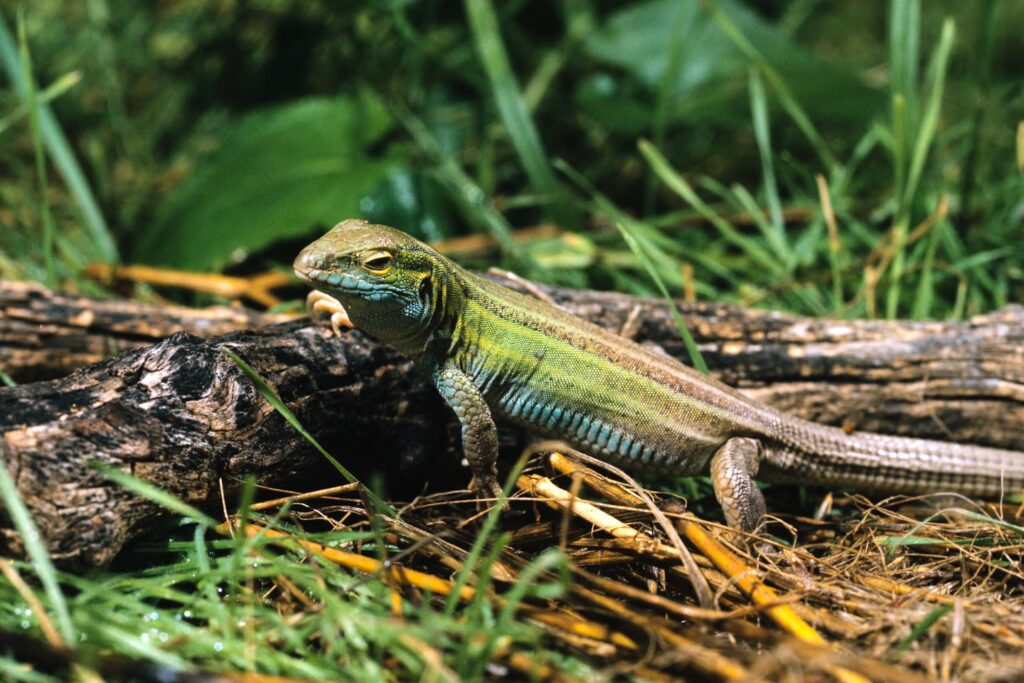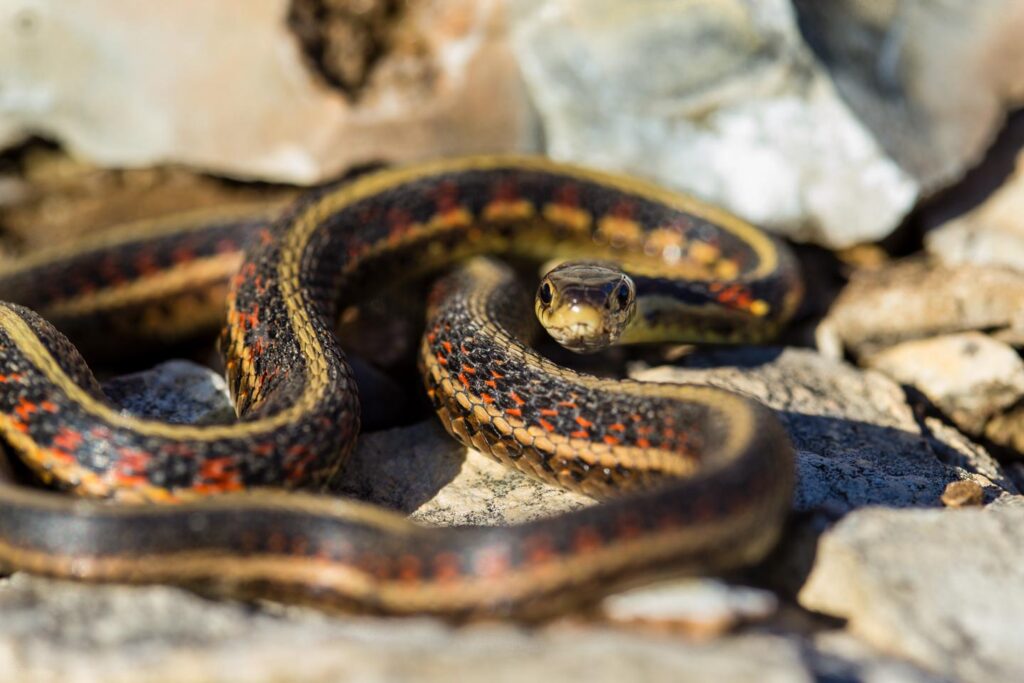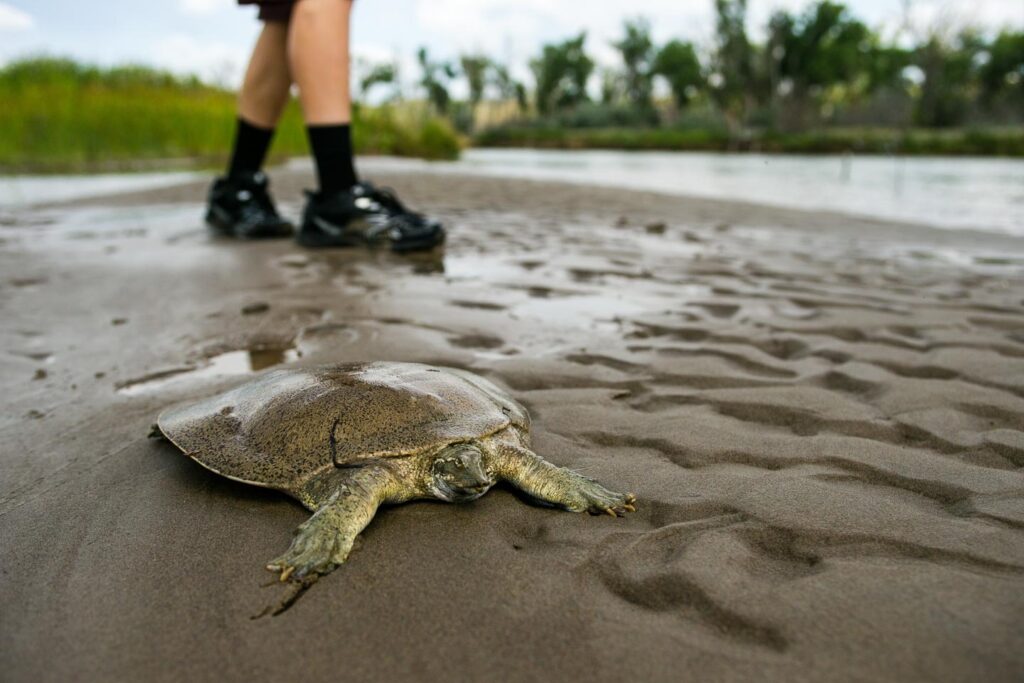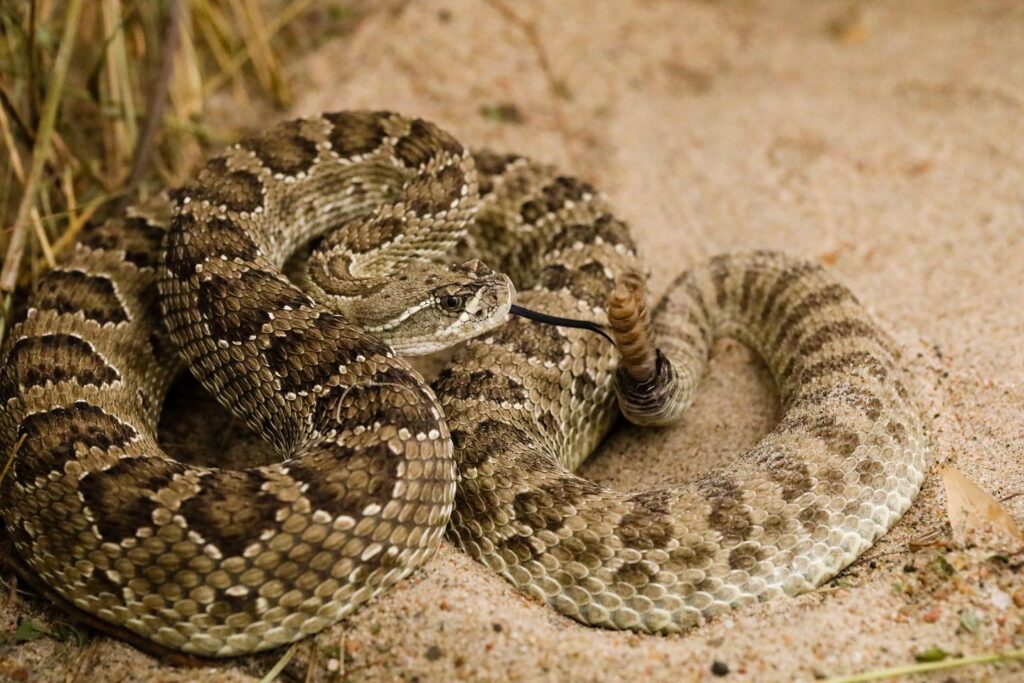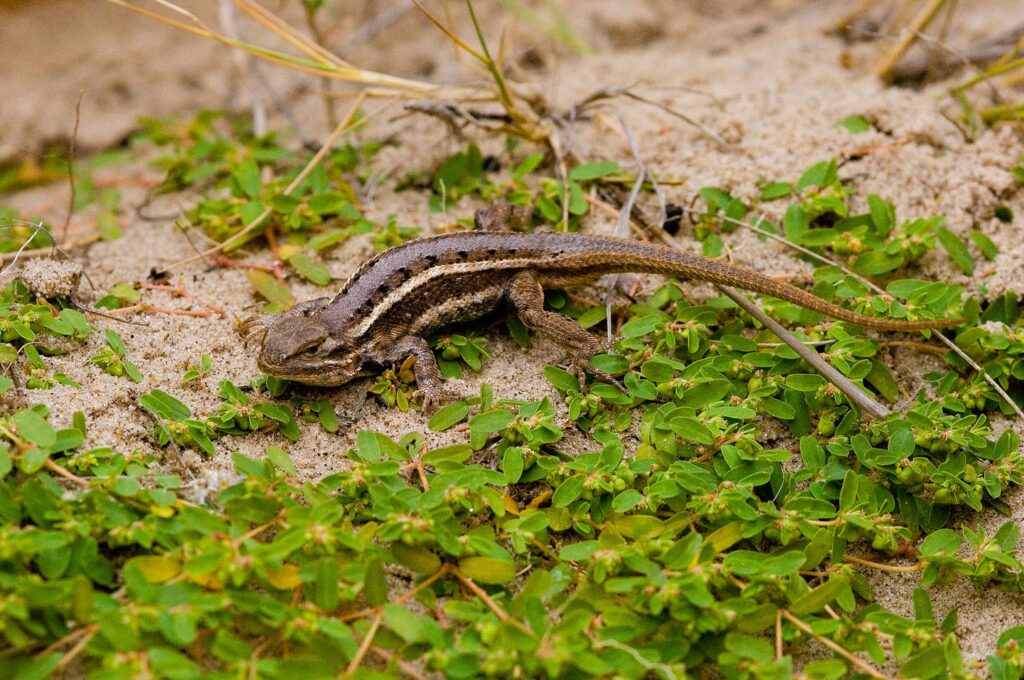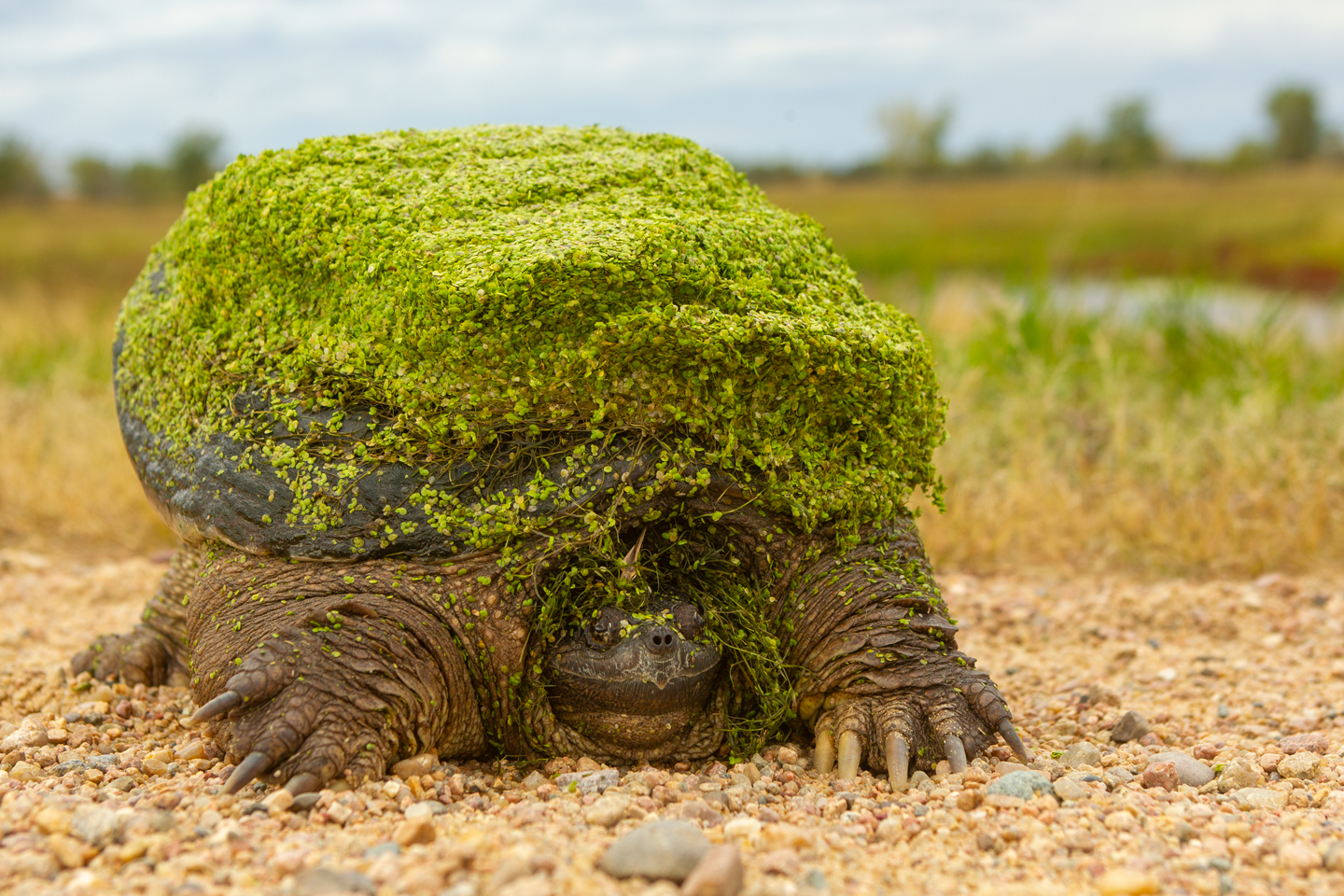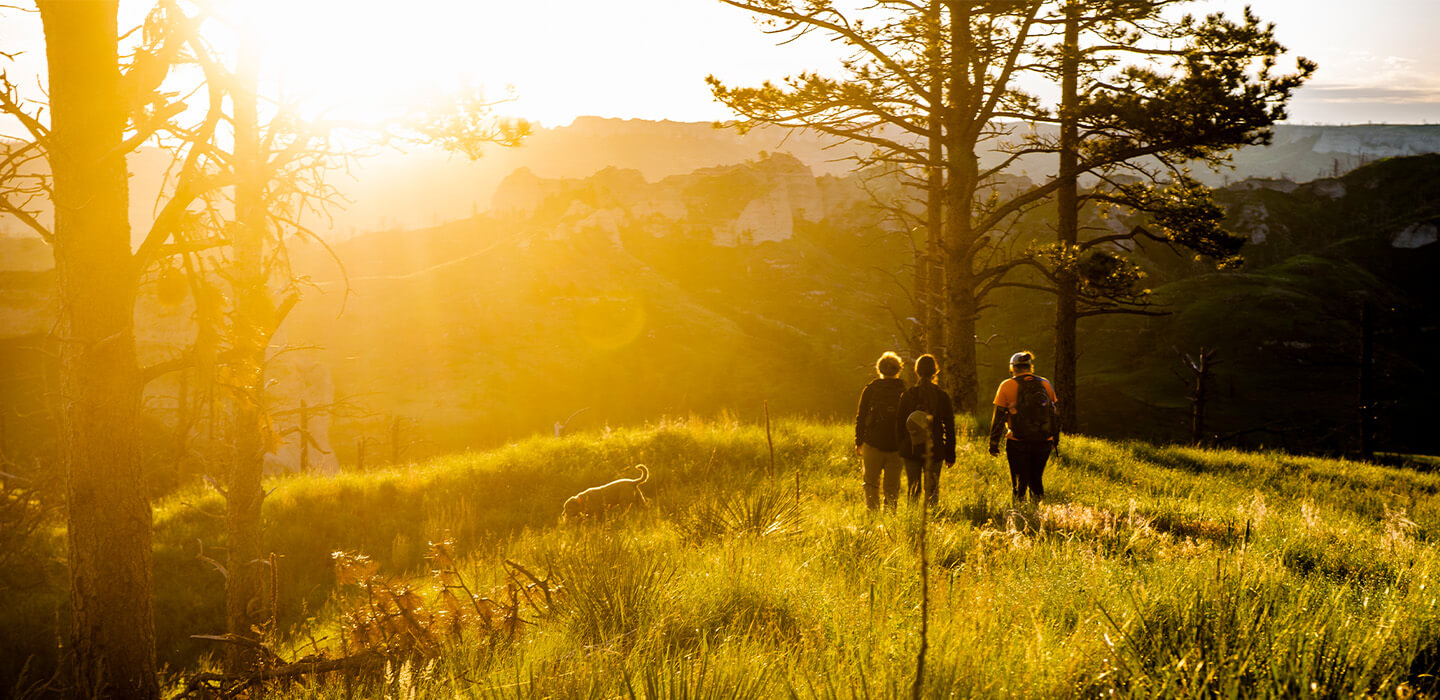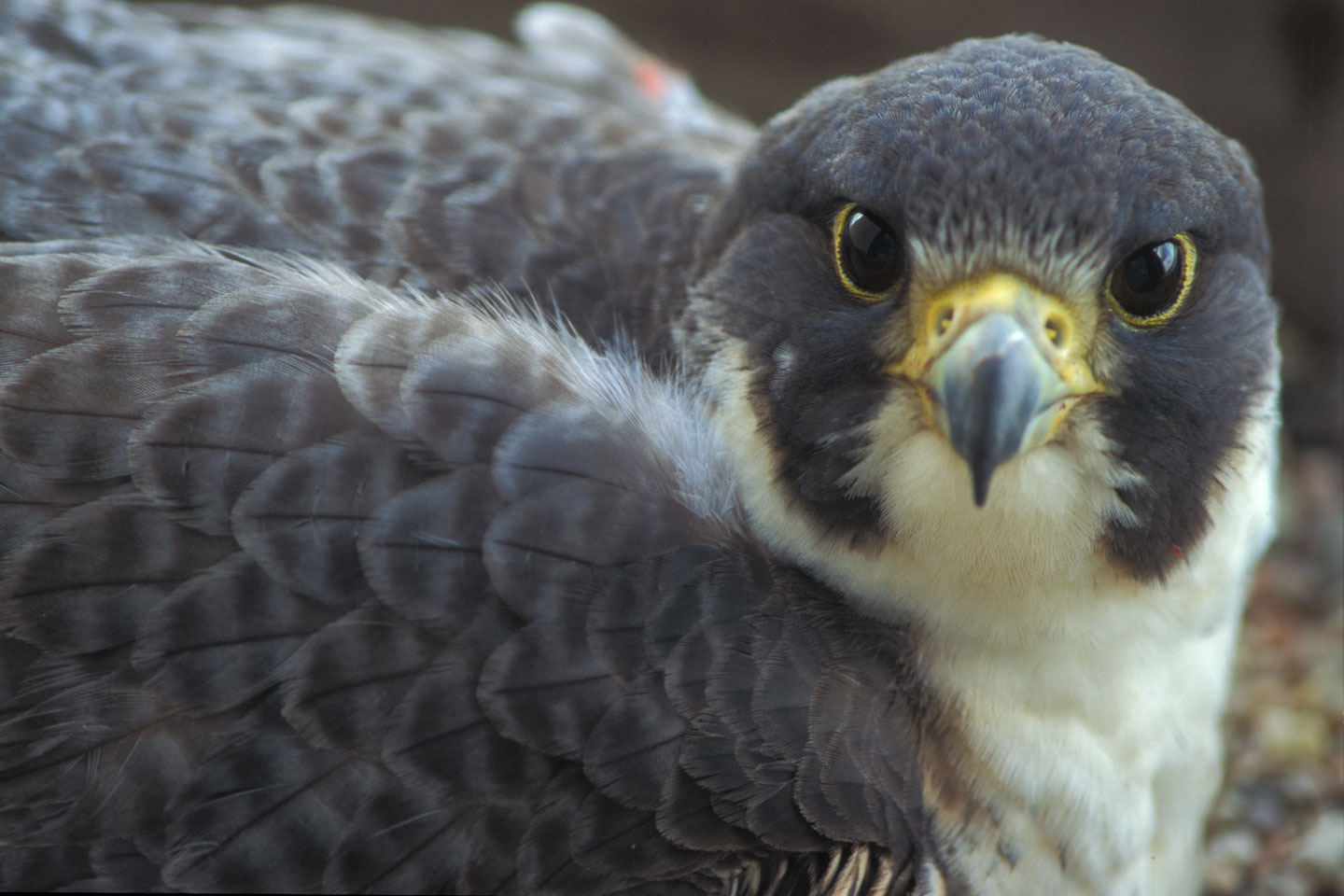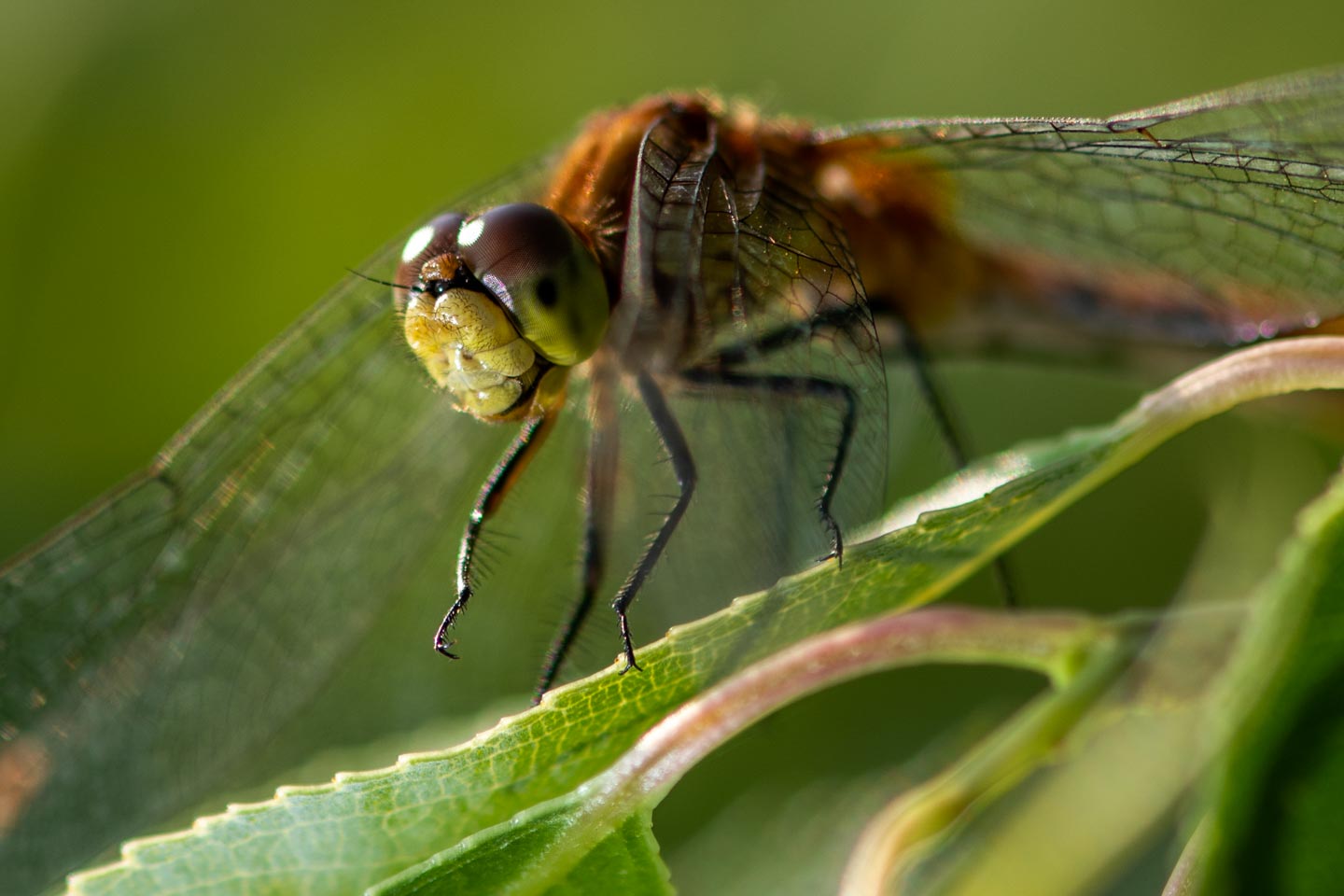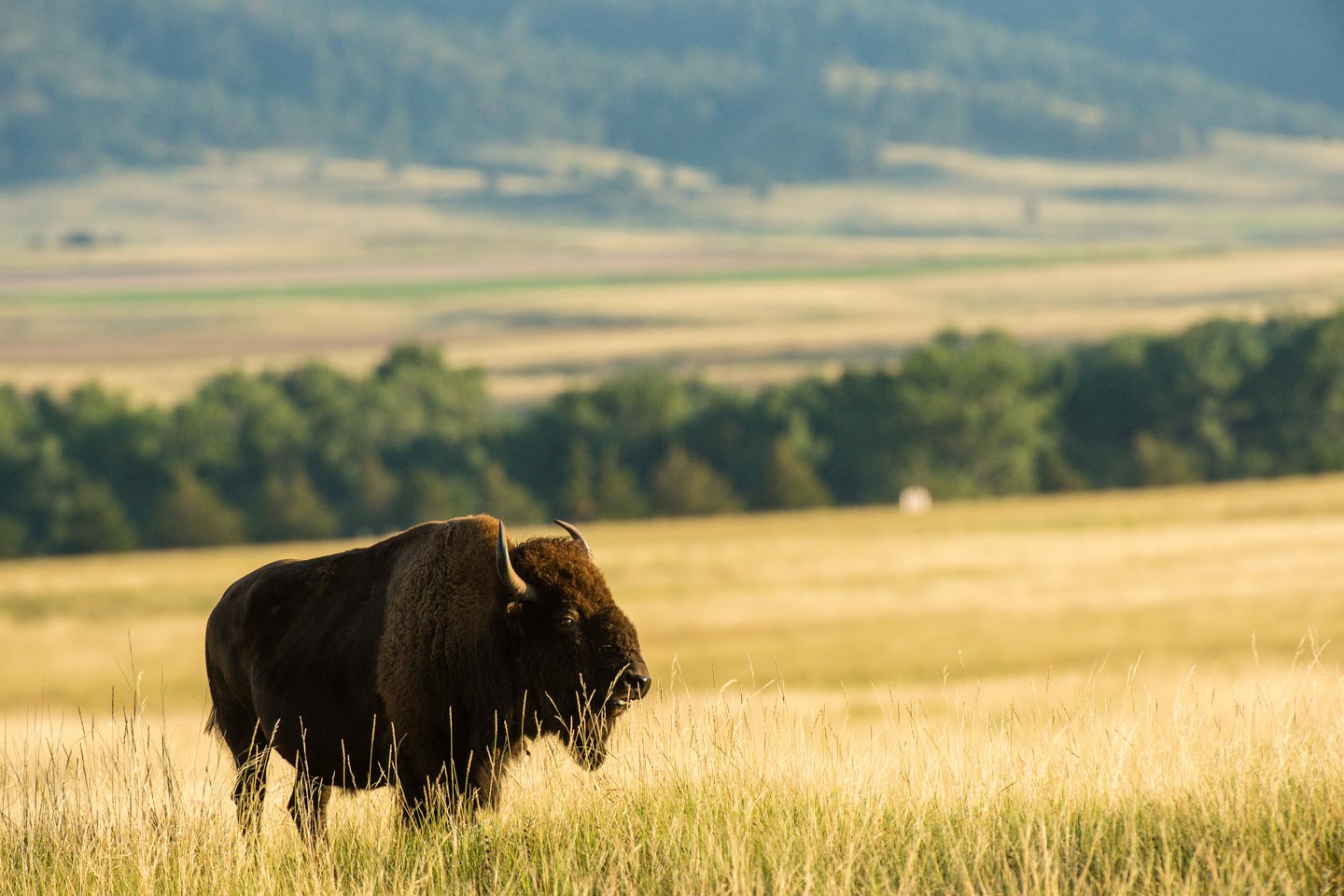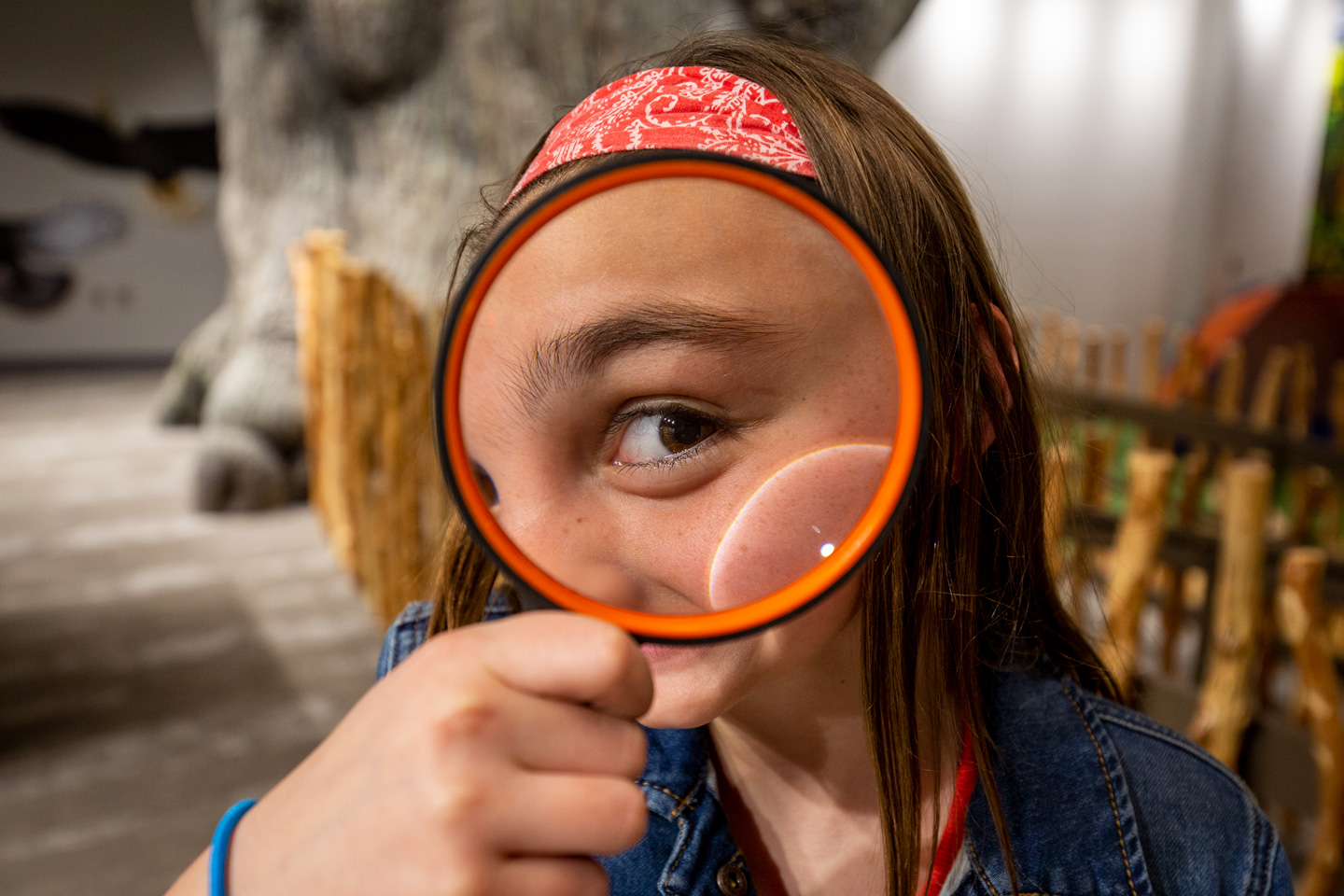Reptiles
What is a reptile?
Snakes do not have legs or arms. Crocodiles and alligators have lots of sharp teeth. Turtles have hard shells. Lizards can have extremely long tails, and all of these animals are reptiles. But all these animals are so incredibly different, how in the world could they possibly be related? There are a few common characteristics, or traits, that all reptiles share.
All reptiles have scales
Just like the skin on our bodies that protects us, reptiles also have a body covering, called scales. Scales are made of keratin, the same material that your fingernails and hair is made of. Scales help the reptile move, grip to things, swim, and climb. Scutes are similar to scales, but are found on the armor of an alligator, or the shell of a turtle. These form in a deeper layer of the skin called the dermis. Scales and scutes both help protect the reptile and prevent water loss.
All reptiles have lungs
Unlike some amphibians that breathe through their skin, reptiles all have lungs, just like people. But, different reptiles have different ways of breathing. For example, lizards use the same muscles to breathe as they do to run, so while they are running, they are actually holding their breath. Snakes have two lungs, but one is extremely long while the other is very short.
Most reptiles lay eggs
We cannot say all reptiles lay eggs, because it is not true. Turtles and crocodilians are the only reptiles that entirely lay eggs. Reptiles like snakes, geckos, and lizards all have exceptions to the rules. Some lay eggs, and some give live birth. In Nebraska, we have some snakes and lizards that lay eggs, and some snakes and lizards that give live birth. Most reptiles will lay hard-shelled eggs with an elastic or stretchy sac where the embryo develops.
Most reptiles are ectotherms
Being an ectotherm is just a fancy way of saying that an animal is cold-blooded. An ectotherm is an animal that cannot make its own body heat. Instead, they rely on the sun, or their surroundings, to warm up. Similar to when a reptile is too hot, they will find an area with shade to cool their body temperature down. Their body temperature will then change as the air around them changes temperature.
Why should we care about reptiles?
Reptiles are often feared and misunderstood. But, you might not realize reptiles do a lot of good! In Nebraska, lizards, snakes, and turtles play a critical role in maintaining healthy populations and help balance diverse ecosystems serving as both a predator species and prey. Reptiles also provide many economic benefits such as rodent and insect control, which helps farmers, ranchers and homeowners. They also serve as biological indicators of ecosystem health and can show an early indication of change such as with pollution, habitat destruction and wildlife disease.
Learn about reptiles in Nebraska
Nebraska is home to 29 snake, 10 lizard, and nine turtle species, each with unique characteristics, habits, habitats and food sources.
Educate yourself and others
Lesson plans
Want to teach about herpetology, the branch of zoology that studies reptiles and amphibians? Download our Hooray for Herps lesson plan.

